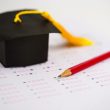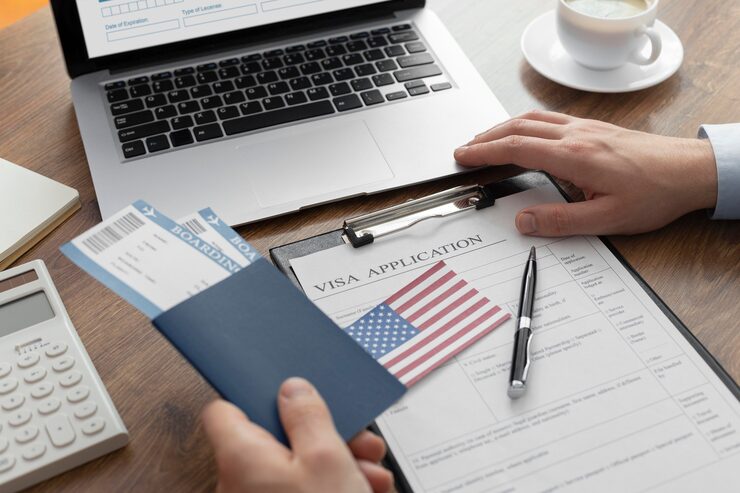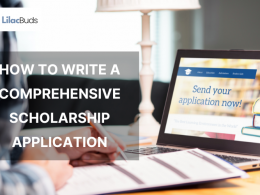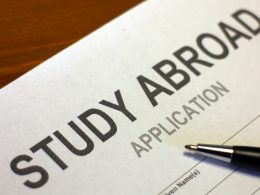Receiving a US student visa denial can be discouraging. Globally, around 17% of F-1 visa applications are rejected each year, mainly due to Section 214(b) denials. However, rejection does not mean the end of your dream.
With careful planning and professional guidance, many students successfully reapply and get their visa approved. At LilacBuds, we help students analyze, improve, and reapply effectively.
Why Was Your US Student Visa Rejected?
Understanding the reason for your visa denial is the first step toward approval:
- Section 214(b) Denial: Lack of proof of ties to home country or intent to return.
- Incomplete Documentation: Missing financial statements, transcripts, or inconsistent forms.
- Financial Insufficiency: Unable to prove sufficient funds for tuition and living expenses.
- Previous Immigration Violations: Past visa violations or overstays.
Read more: F1 Visa Interview Questions 2025: A Complete Guide
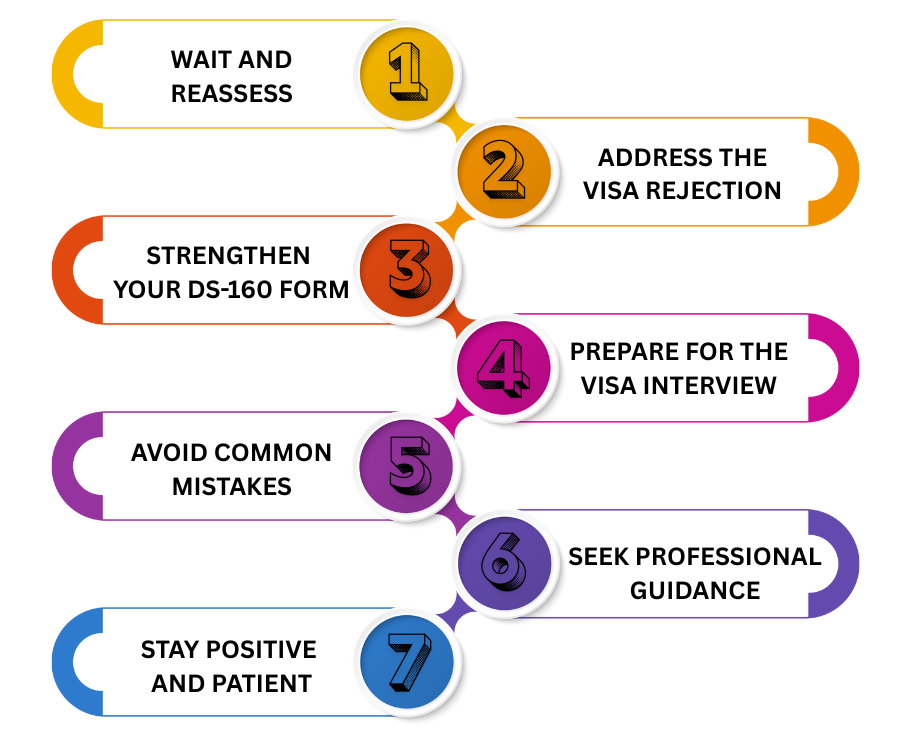
Step 1: Wait and Reassess
Although there’s no mandatory waiting period, reflecting before reapplying can help:
- Evaluate weaknesses in the previous application.
- Strengthen financial and academic credentials.
- Avoid rushing to prevent another denial.
Step 2: Address the Visa Rejection
Your new application should directly address the reasons for denial:
For Section 214(b) Denials
- Highlight ties to your home country: family, property, career plans.
- Clearly explain your study goals and career path.
- Provide extra documentation, such as scholarship or admission letters.
For Financial Issues
- Update bank statements or secure sponsors.
- Include loan sanction letters or scholarships.
For Documentation Errors
- Complete the DS-160 form correctly.
- Attach a cover letter clarifying previous mistakes.
Step 3: Strengthen Your DS-160 Form
The DS-160 is the most critical document for reapplication:
- Update personal, academic, and financial information.
- Include a polite explanation letter addressing previous denial.
- Maintain consistency with prior application details.
Step 4: Prepare for the Visa Interview
Visa officers often ask about previous denials. Prepare to:
- Answer honestly and confidently.
- Explain improvements or changes since the last application.
- Emphasize academic objectives, financial stability, and post-study plans.
Step 5: Avoid Common Mistakes
- Reapplying too quickly without addressing prior mistakes.
- Providing inconsistent information in forms or interviews.
- Submitting incomplete documentation.
- Being defensive or negative about past rejections.
Step 6: Seek Professional Guidance
At LilacBuds, we offer:
- Profile evaluation – Identify gaps in the previous application.
- Document review – Ensure accuracy of financial and academic proofs.
- Interview coaching – Practice for common and tricky questions.
- Personalized strategy – Maximize chances of approval.
Step 7: Stay Positive and Patient
Visa rejection is common, but with preparation and guidance, many applicants succeed on the second attempt. Confidence and a strong application make the difference.
Final Thoughts
Reapplying for a US student visa after rejection requires strategy, preparation, and professional guidance. Addressing prior mistakes, strengthening documentation, and presenting a convincing case can dramatically increase your chances of approval.
At LilacBuds, we help students every step of the way—from DS-160 preparation to interview coaching—to maximize success.
Contact us at +91 8563 0011 44 and start your US student visa reapplication journey today!
FAQs About Reapplying for US Student Visa
Q1: How long should I wait before reapplying?
A1: There’s no mandatory waiting period. Take time to correct errors and strengthen your profile.
Q2: Can I use the same DS-160 form?
A2: No. You must submit a new DS-160 form for each application.
Q3: Do I need to explain my previous rejection?
A3: Yes. Prepare a polite and concise explanation addressing the prior denial.
Q4: What is the current rejection rate for F-1 visas?
A4: Approximately 17% globally, with most denials due to Section 214(b).
Q5: Will a second rejection affect future US visa applications?
A5: Not necessarily. Correcting issues and presenting a stronger case increases approval chances.



